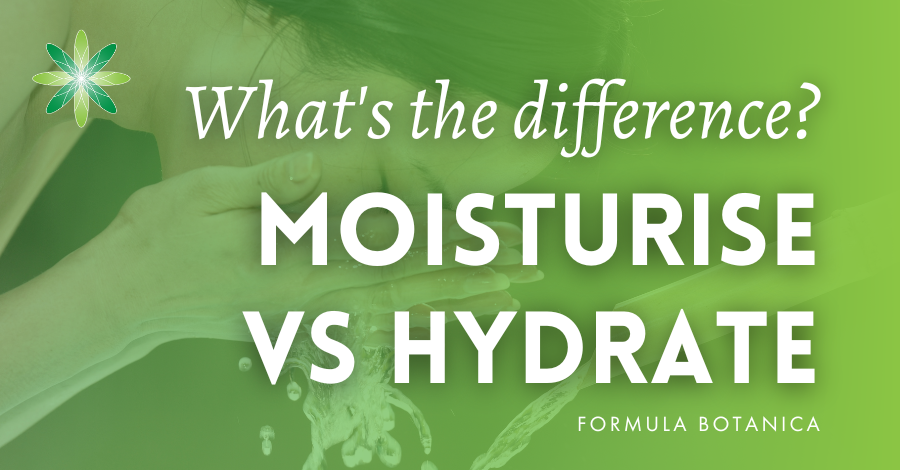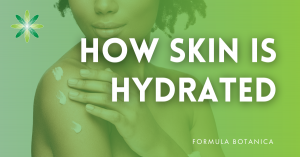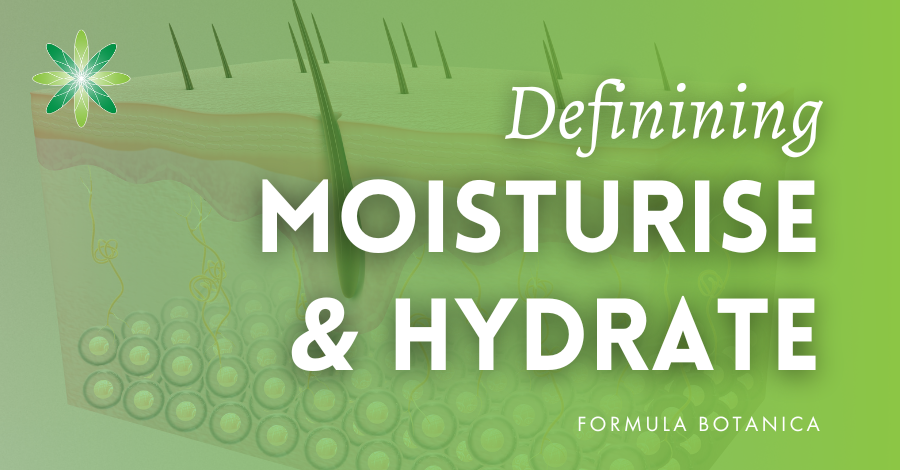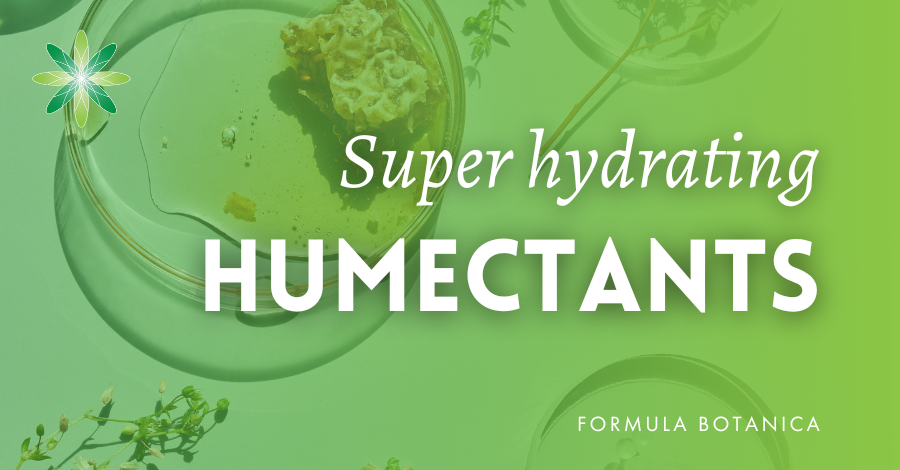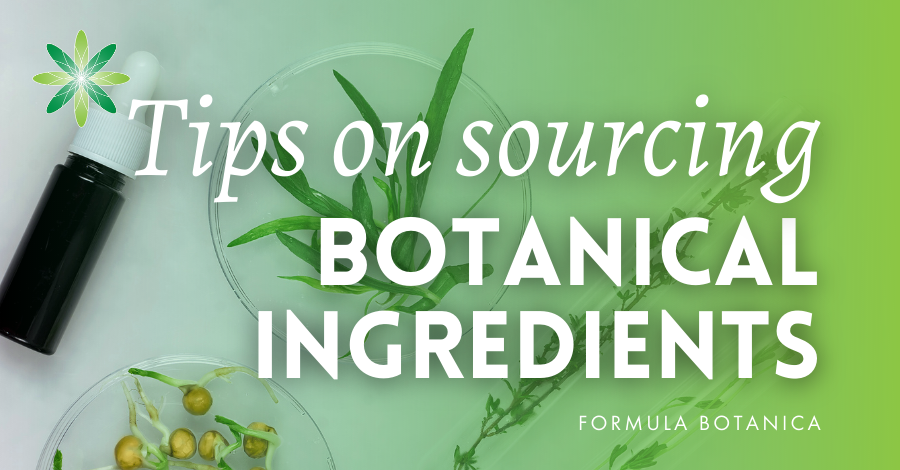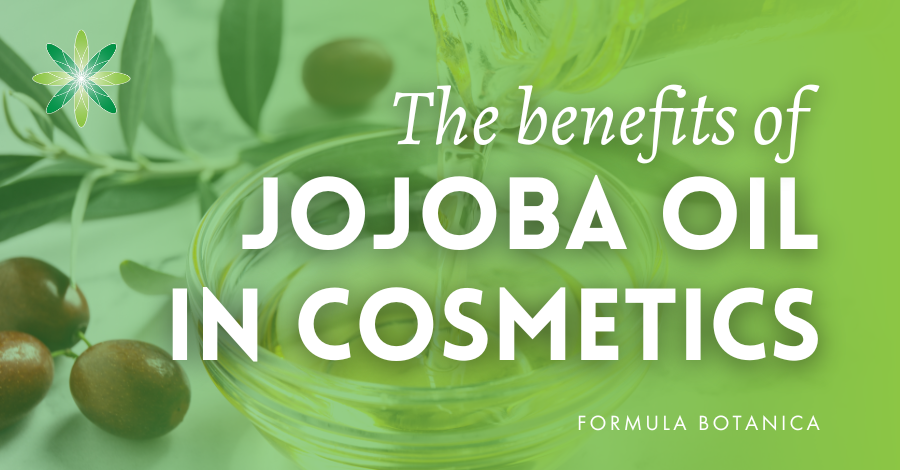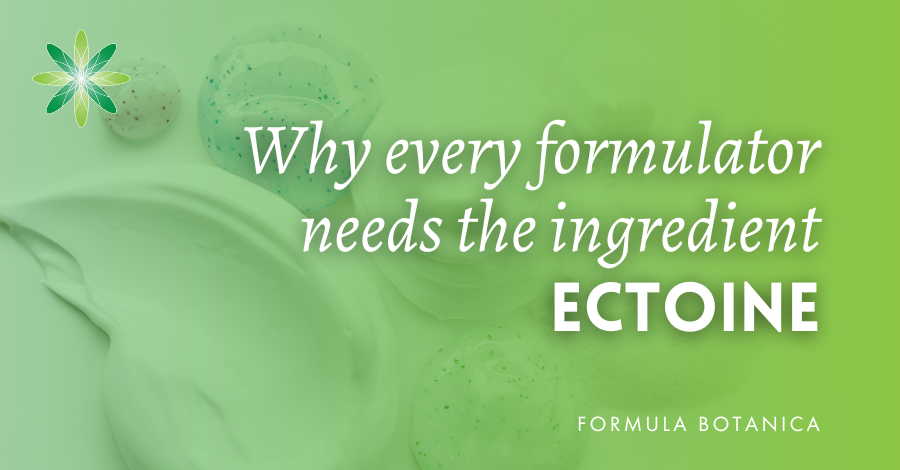Moisturising vs hydrating the skin: do you know the difference? If you are vague about their roles in our skincare, read on.
Whether as cosmetic formulators or beauty product consumers, it is important we understand how we moisturise and hydrate our skin and how the two functions work in synergy. Although these terms are often used interchangeably, they refer to different aspects of caring for our skin.
In this article, we clear up the definitions and differences, explain how the skin is hydrated and point you to some formulations in which to explore some excellent moisturising and hydrating ingredients. We also take a brief look at the history of moisturisers, which have been part of our daily personal care well before even our great-grandmother’s time.
A brief history of the moisturiser
Moisturisers have been in existence for millennia, as we know from archaeological discoveries. A Roman-era face cream unearthed in London was examined and found to contain animal fats (like lanolin), starch for a mattifying effect, and the mineral pigment tin oxide. These ingredients were chosen to give the skin a protective film without leaving it too greasy, much in the same way as our moisturisers are formulated today.
What ancient finds like this tell us is that the idea of smearing a cosmetic on the skin has always been seen as beneficial to protecting the epidermis from the ravages of climate and environment, thereby helping also to reduce the visible signs of ageing.
We know today that extrinsic factors like UV radiation from the sun, pollution, smoking and our lifestyle choices impact our skin health. Environmental factors, such as dry air and cold weather, can have a negative impact on the skin’s hydration levels too. Clearly, the ancients realised the rudimentary elements of this and created cosmetics to maintain adequate moisture levels to keep the skin looking and feeling healthy and hydrated.
But just how is the skin kept hydrated?
How our skin is hydrated
Hydration relates to the water content of the uppermost layer of the epidermis – the stratum corneum. In effect, our skin forms a water gradient from the bottom of the epidermis to this outer, protective layer that is in contact with the external environment. The deepest layers of our skin contain around 70% water, and when in a healthy, hydrated state, the stratum corneum comprises around 20-30% water. Less than this, and our skin may appear dull, dry, and flaky, and its barrier function will be impaired.
We hydrate our skin in two ways:
- Extrinsic hydration, which refers to the moisture that is added to the skin from external sources, such as cosmetic humectants, humidity in the air and water; and
- Intrinsic hydration, which refers to the moisture that is naturally produced within the skin (we explain this below) and is affected by diet and water consumption.
The outer epidermal layer is far more than “dead” cells (corneocytes) as it is responsible also for managing the skin’s lipid barrier and its own natural moisturising factor (NMF). Lipid barrier and NMF are not the same thing. The lipid barrier contains fatty acids, ceramides and cholesterol, and the NMF contains humectants such as amino acids, urea, lactate, mineral salts and organic acids. We describe the NMF as hygroscopic because it attracts water to retain it in our skin. Hyaluronic acid, however, is not part of the NMF, but it is present in the dermis (the skin’s deepest layer).
The lipid barrier and NMF substances work together to maintain the skin’s hydration levels and prevent water loss. Cosmetic products work topically, therefore, to assist our skin’s own capabilities.
Moisturise vs hydrate: brief definitions
Moisturise and hydrate have similar aims – to increase the skin’s hydration – but do so in different ways.
Moisturising: To help the skin’s lipid barrier function well as a protective layer and be fully effective in preventing transepidermal water loss (TEWL), we use a moisturiser. It helps reduce TEWL by replenishing the skin lipids and aiding in their barrier function by providing an occlusive layer.
Hydrating: To help replenish the stratum corneum’s water content, we use hygroscopic (water-attracting) ingredients called humectants. They work by actively attracting more water to the skin and helping retain it within the skin to improve overall hydration levels.
From a cosmetic formulator’s viewpoint, the key difference between moisturising and hydrating lies in the type of ingredients used, not necessarily in the name of the product. The word “moisturise” is somewhat misleading. To moisturise implies adding moisture, when in fact cosmetic moisturisers act to prevent water loss from the skin rather than add more water to it.
Moisturisers tend to be emulsions like creams, body butters and lotions, but the category also embraces gels and serums with more product types coming on the market every year. Moisturisers also include anhydrous products.
In cosmetic terms, “to moisturise” also means making the skin supple and smooth, and the emollients (oils and butters) in a typical moisturiser do just that. Let’s give some examples: squalene is naturally part of our sebum, and natural emollients like squalane (a plant-derived lipid) are used as an emollient and occlusive ingredient. Jojoba oil (a wax) has excellent biocompatibility with our skin, in effect mimicking substances in the lipid barrier.
Vegetable oils are great examples of moisturising ingredients. By creating an occlusive film on the skin, they help reinforce the lipid barrier and make the skin feel smoother and softer. If you need some inspiration about excellent natural oils and butters to help moisturise, see our guides:
Top 10 botanical oils every formulator needs
10 best zero waste oils for skincare and haircare
5 Amazonian butters for organic skincare formulation
However, depending on the percentage of water and water-based ingredients to oils and butters in a formula, an emulsion-based moisturiser clearly can add some water to the stratum corneum, even if its purpose is to lock moisture into the skin by creating an occlusive film and reinforcing the lipid barrier.
Moisturising vs hydrating ingredients: which do you need?
The choice between moisturising and hydrating products depends on our individual skincare needs, our age, our environment; in fact, the raft of extrinsic and intrinsic factors we mentioned earlier.
If you have very dry skin, using moisturisers only may not be enough because your skin’s water content is already depleted. So, you need to hydrate the skin in addition to moisturising it. A hydrating product with active water-binding and -attracting ingredients may be more appropriate, as it will help also to increase the skin’s overall hydration levels beyond what is possible with a regular moisturiser. Hydration becomes more important in skincare aimed at mature or excessively dry skin.
You can have anhydrous moisturising products containing only emollients, and these botanical oils and butters, as we mentioned earlier, will be effective in preventing greater transepidermal water loss.
However, a better scenario is to offer a product that can both help repair the skin barrier, provide hydration and help keep the water there. This is why emulsions are usually good moisturising products, as they can cover all bases by helping not only maintain and retain but also boost the skin’s water content by attracting more water to the epidermis and helping the skin retain it.
This is where super-hydrating ingredients like humectants come into play. As most cosmetic humectants are water-soluble, they are easy to include in emulsion formulations. Let’s take a quick look at this important category of skincare ingredients.
Humectants: cosmetic ingredients to super hydrate the skin
Humectants work by drawing water from the environment into the skin and binding it to the skin’s surface. But, depending on the level of humidity in the air, they may also draw water from lower layers of the skin to the uppermost layer, the stratum corneum. In either case, the effect is similar as the humectant is acting to help improve the skin’s overall hydration levels and keep it looking plump and hydrated. Some of the most common humectants used in cosmetics include the following:
Glycerin is a natural humectant that is derived from plants and is commonly used in cosmetics due to its ability to attract and retain moisture. It works by attracting water from the environment and the deeper layers of the skin to the surface, thereby improving overall hydration levels.
Hyaluronic acid is a powerful humectant that can hold up to 1000 times its weight in water. This makes it an excellent ingredient for hydrating the skin, as it can help to improve overall hydration levels and reduce the appearance of fine lines and wrinkles.
Propanediol (natural) is derived from corn sugar and acts as both a humectant and moisturiser. It is seen as a natural alternative to the synthetic humectant, propylene glycol. Propanediol works by attracting water to the surface of the skin and improving overall hydration levels. As a non-sticky humectant, it can be very useful in products where the skin feel is noticeable, such as in micellar waters and mists.
Other common cosmetic humectants are aloe, honey and sodium lactate. See our article for more details on humectants and how they work in our formulations:
In conclusion
Moisturising and hydrating are both critical to maintaining healthy skin. They share the same aim of keeping the skin hydrated, but do so in different manners. Moisturising is aimed at repairing the skin’s lipid barrier and preventing TEWL, while hydrating actively boosts and helps retain the water content of the stratum corneum. Emulsion-based moisturisers that include hydrating ingredients are optimal for all-round skin hydration.
Moisturising and hydrating formulations to try
Many of these formulations include both moisturising ingredients and humectants, along with other high-performance ingredients.
How to formulate a ceramide face cream
How to formulate a night cream with peptides.
How to make a natural body yoghurt (a lightweight moisturiser with panthenol and also the humectant, hyaluronic acid powder).
How to formulate a simple hydrating body lotion (uses sodium hyaluronate).
How to formulate a bakuchiol beauty concentrate (includes hyaluronic acid powder, along with glycerine).
How to make an anti-ageing vitamin C hand cream (includes a high percentage of glycerine).
FREE TRAINING
Learn how to become an
Organic Skincare Formulator
FREE TRAINING
How to become an
Organic Skincare Entrepreneur
FREE TRAINING
How to become an
Organic Skincare Entrepreneur
Leave us a comment

Liz was Formula Botanica’s Content Coordinator between August 2020-2024. Liz worked as a professional blogger, journalist and site developer for many years and was also part of the Formula Botanica student community. Read more about the Formula Botanica Team.

